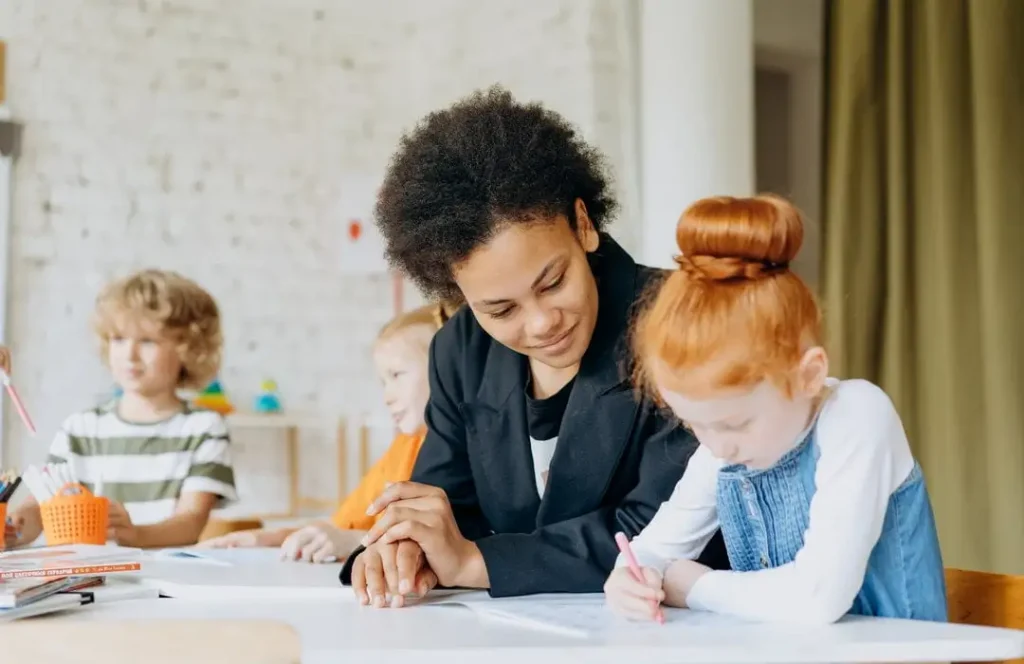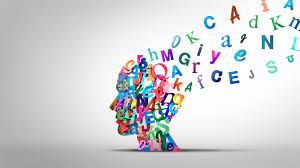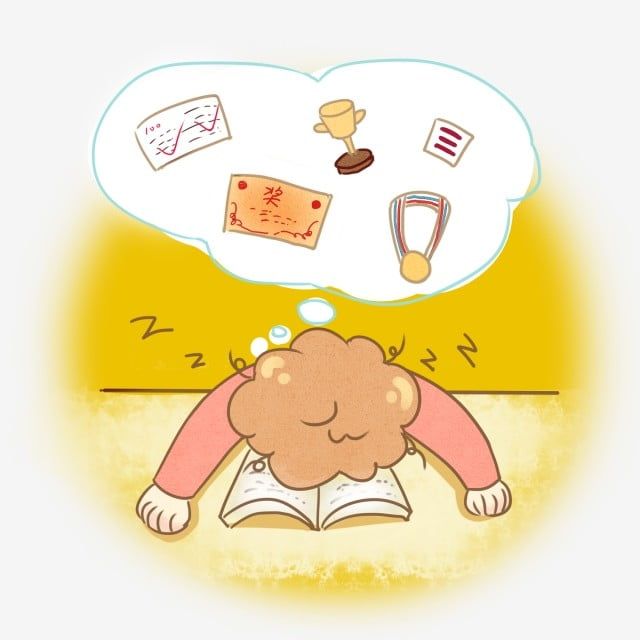Understanding Dysgraphia in the ClassroomDysgraphia is a learning disability that affects a person’s ability to write. It can be particularly challenging for students in the classroom, as it can impact their academic performance and self-esteem. In this article, we will explore what dysgraphia is and how it manifests in the classroom.
Dysgraphia is characterized by difficulties with handwriting, spelling, and organizing thoughts on paper. Students with dysgraphia may struggle to form letters correctly, have messy or illegible handwriting, and experience difficulty in expressing their ideas in writing. This can make it challenging for them to complete written assignments, take notes, and participate in written examinations.
The causes of dysgraphia are not fully understood, but it is believed to be related to neurological factors that affect the fine motor skills required for writing. It is not a result of laziness or lack of intelligence; rather, it is a specific learning difficulty that requires support and accommodations in the educational setting.
In the classroom, students with dysgraphia can benefit from various strategies and accommodations. These may include:
1. Alternative methods of input: Providing options for students to express their ideas using technology, such as typing on a computer or using speech-to-text software. This can help overcome the physical challenges associated with handwriting.
2. Modified writing tasks: Adapting assignments to allow students to demonstrate their knowledge and understanding without being hindered by their difficulties in handwriting. For example, allowing them to give oral presentations or create multimedia projects.
3. Assistive technology: Introducing the use of tools like word prediction software, text-to-speech programs, or speech recognition tools to support written expression and spelling.
4. Explicit instruction: Providing explicit teaching and practice of handwriting skills, including letter formation, spacing, and neatness. Breaking down writing tasks into smaller, more manageable steps can also be helpful.
5. Extra time and support: Allowing students with dysgraphia additional time to complete written assignments and providing individualized support to develop their writing skills.
It is important for teachers and educators to be aware of the signs of dysgraphia and to provide appropriate support and accommodations. Working closely with students, their families, and any specialists involved can help create a supportive learning environment where students with dysgraphia can thrive.
In conclusion, dysgraphia is a learning disability that affects writing skills and can have a significant impact on students in the classroom. By providing targeted support and accommodations, teachers can help students with dysgraphia overcome challenges and reach their full potential in their academic journey.








